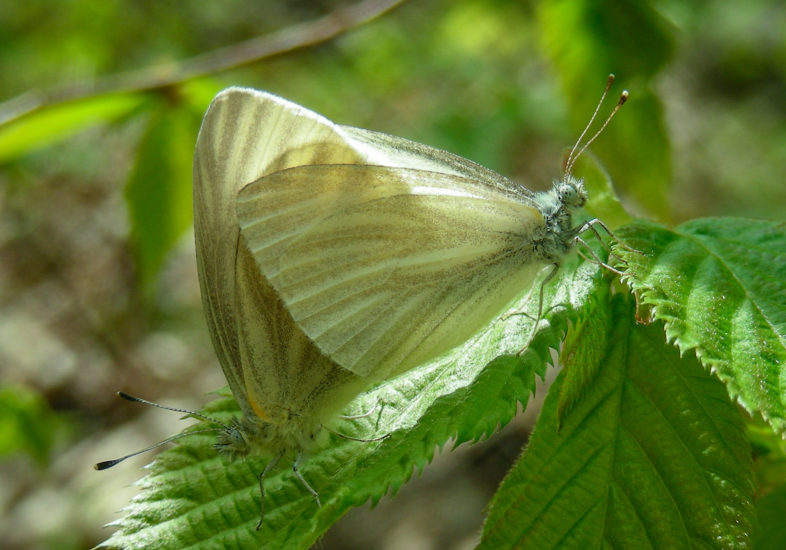Spring is changing. The snow is melting earlier, wildflowers are blooming sooner, and trees are leafing out faster. How are West Virginia White butterflies faring? Join the West Virginia White Watch (April 1 – June 6)!
Help us monitor them here in Vermont. During spring, find a patch of rich, hardwood forest, count all the butterflies you find, and report them to eButterfly. Even if you don’t find any butterflies, zeros are important to report too! Can you break the early or late record for a West Virginia White sighting? Who will have the highest count? Can we find them in places they’ve never been recorded? We can’t wait to find out!
Steps for Surveying West Virginia Whites
- Find a patch(es) of rich, hardwood forest.
- Beginning in April, visit your patch(es) and count all the West Virginia White butterflies you find. Photograph some as vouchers too. You count can be a walked transect or loop or an area. Record your start time and end time. Measure the approximate distance you walked or area you thoroughly searched. The more you visit your patches the better, but even once is helpful!
- Back home, log into our site called eButterfly and report your findings. Even if you don’t find any butterflies, zeros are important to report too!
So far the checklists submitted with West Virginia White counts are all from Bennington County. There are some counts completed in the Champlain Islands with zeros reported. Reporting zeros is important too when you were hunting for them in what seemed like the right habitat.
Learn more at the Vermont Atlas of Life West Virginia White Watch website.
It looks like the weather is going to be perfect over the next few days, so I hope many of you can get out and survey some forests and add your surveys to eButterfly!
The Vermont Atlas of Life has many other missions you can participate in all summer long. Check them out at val.vtecostudies.org/missions!

